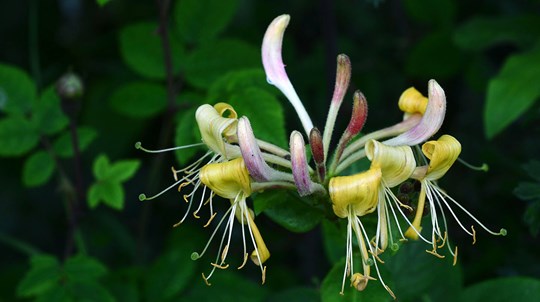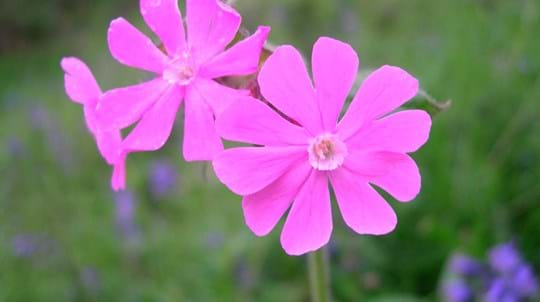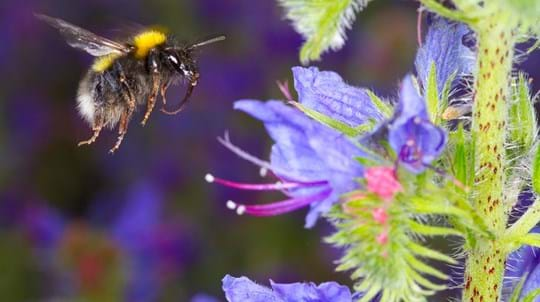
Credit: Steve Holroyd / Alamy Stock Photo
Where to find greater butterfly-orchids
The greater butterfly-orchid grows throughout Europe, but is scarce in southern regions. It’s found throughout the UK, most frequently in the south, but is uncommon. Spot the plants in unimproved grassland and open broadleaved woodland.








